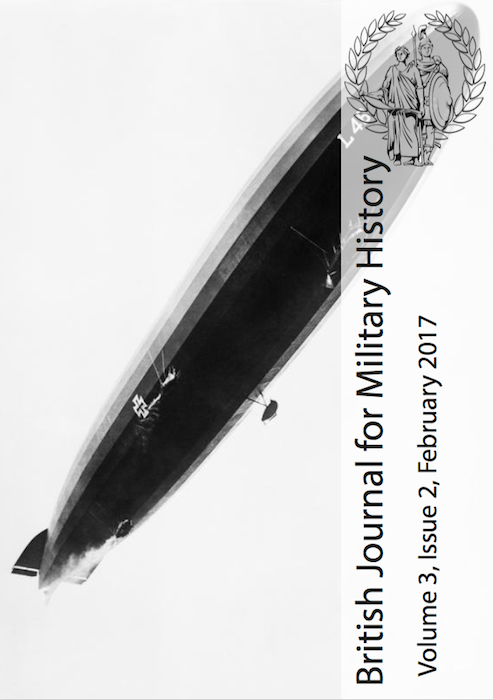It’s that quote again — IV
I showed in an earlier post that scepticism of Baldwin’s dictum that ‘the bomber will always get through’ begins to appear in the British Newspaper Archive (BNA) in 1937, if only in a very small way. In 1938, the majority opinion still takes it to be axiomatic. For example, town alderman W. A. Miller, attacked […]





